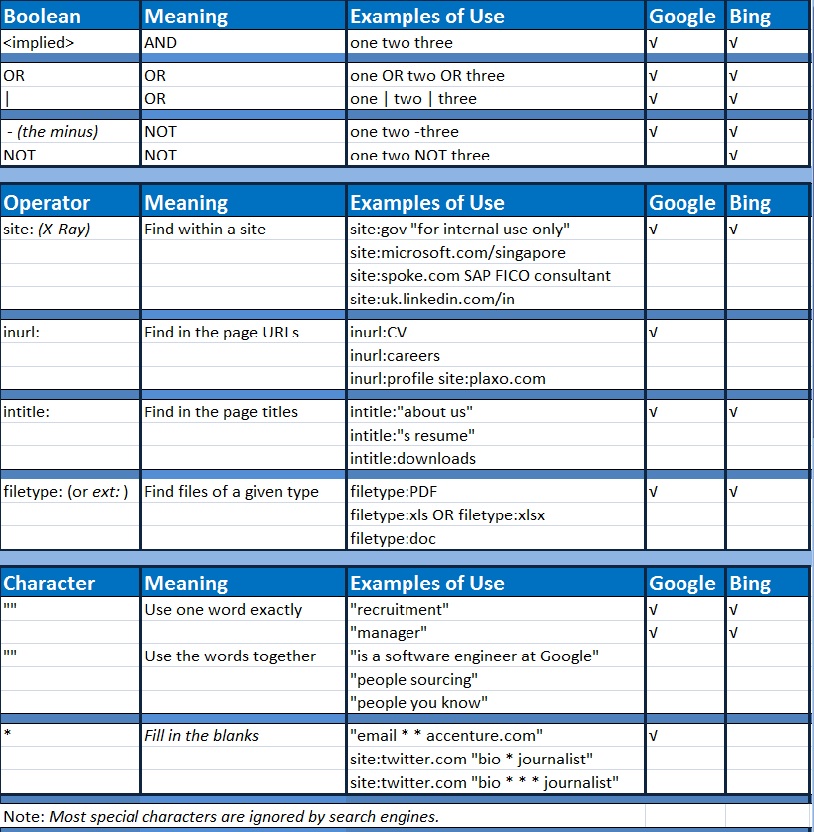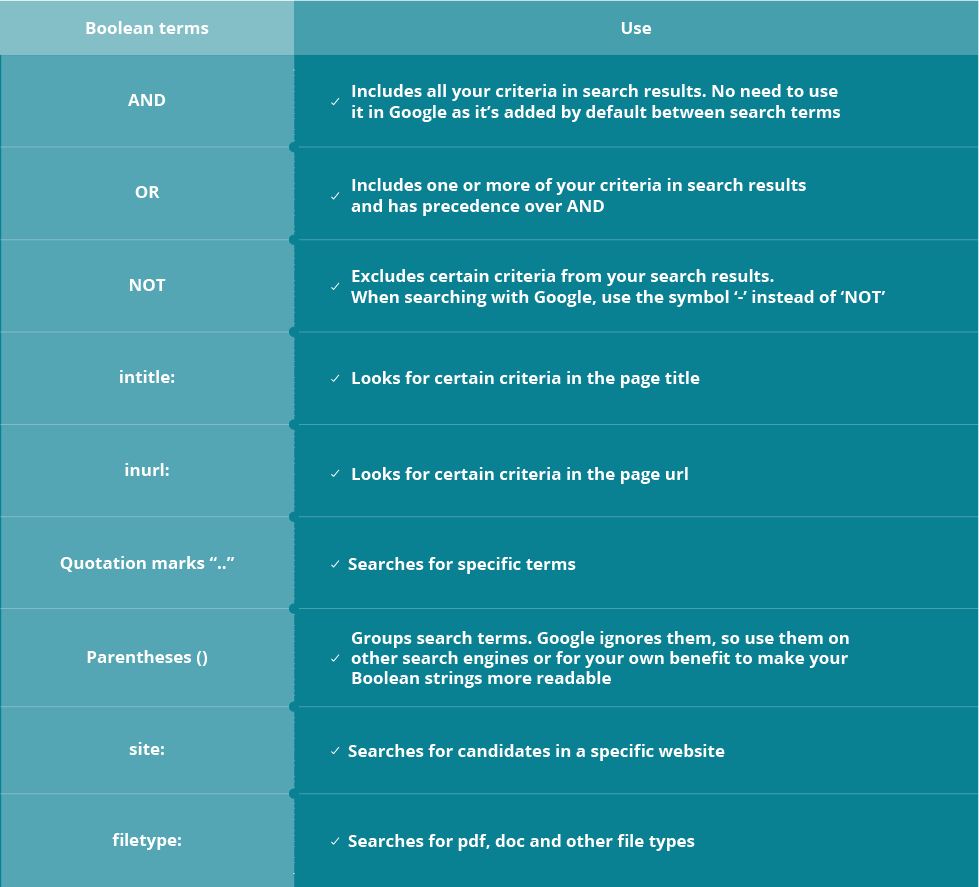

The ranking methods specified by the vector rank constants are supported. Second, the formula used to compute the overall rank of the vector may be specified.

This vector contains the rank of each child node in the vector. First, when a vector node is used the programmer has the option of retrieving a rank vector for each object, as a special, well-known column. This node acts as an n-ary OR node, with two main differences. Used to support advanced content-retrieval models. It is logically similar to a bitwise AND operator in that all input subtrees must evaluate to TRUE to produce a true value. The node takes two or more input subtrees, each of which should contain DBOP_content, DBOP_content_freetext, DBOP_content_proximity, DBOP_and, DBOP_or, or DBOP_not nodes. The proximity units specified by the proximity unit constants are supported. The internal arguments of this node are a proximity unit ( DWORD), a proximity distance ( ULONG), and a weight on the node ( LONG), all specified with the DBCONTENTPROXIMITY structure. Generally a proximity node should be used as an n-ary AND node among multiple content restrictions. The formula used to compute rank is specific to a given implementation. The rank of an object matched by a proximity node increases as the words and phrases move closer together. Proximity nodes are used to rank hits within queries that search for several different pieces of text. #define PROPID_STG_CONTENTS (0x13) // search inside the contents on #define PROPID_QUERY_ALL (0圆) // search in all text associated #define PROPID_QUERY_HITCOUNT (0x4) // column used to return the #define PROPID_QUERY_RANK (0x3) // column used to return the final The following are some of the interesting columns in this set: #define PROPID_QUERY_RANKVECTOR (0x2) // column used to return rank

PSGUID_QUERY is the GUID for the property set for special content columns. The arguments internal to this node are specified using the DBCONTENT structure.

The output of these operators is Boolean. These nodes also have a weight field, which may be used by a sophisticated data consumer to give more or less weight in hit-ranking to matches on this particular content restriction. The exact method of splitting a phrase into words is implementation-specific. If GENERATE_METHOD_PREFIX or GENERATE_METHOD_INFLECT is used with a phrase (multiple words), the expansion applies to each word separately. Not all of the levels specified above are available for each language. The generation methods specified in this node are mutually exclusive. Providers may support other generation methods (for example, GENERATE_METHOD_MISSPELLING or GENERATE_METHOD_REGEX). The English word "run", for example, may expand to "run", "running", "ran", "runs", and so forth. GENERATE_METHOD_INFLECT causes linguistic inflection of the specified word. GENERATE_METHOD_PREFIX matches all words that begin with the text specified in the node. GENERATE_METHOD_EXACT matches only the word or phrase specified in the content node. The DBOP_content node may specify a method to generate words matching a pattern (this field is ignored for DBOP_content_freetext), which determines the manner in which the initial query term is expanded before searching text. DBOP_content_freetext differs from DBOP_content in that it instructs the query engine to use all of its text-processing tricks in evaluating the restriction. The text search pattern is stored in the DBCONTENT structure within the node. The second, PROPID_ QUERY_ALL, means "look in all columns." The first, PROPID_STG_CONTENTS, means "look in the object contents" for data providers that have rows that actually are objects. They have two special column identifiers. They take one required input: a column name specifying the column in which to search. These operators are used to express content searches for words or phrases found in a column.
WINDOWS 10 BOOLEAN SEARCH OPERATORS PLUS
However, the columns of R include all the columns of T plus three additional columns representing the hit count, a rank, and a rank vector (which together represent the quality of the match). The rows in R are those rows that satisfy the selection condition. It takes a table T and Boolean expression (selection condition) as input, and produces a table R as output. This operator is similar to the DBOP_select operator. When used in conjunction with the DBOP_content_select operator, however, the resulting tables include two special columns describing the hit count and rank. These operators generally behave like any other Boolean operators. The following operators describe search operations on columns containing text.
WINDOWS 10 BOOLEAN SEARCH OPERATORS WINDOWS
Instead, use Windows Search for client side search and Microsoft Search Server Express for server side search. Indexing Service is no longer supported as of Windows XP and is unavailable for use as of Windows 8.


 0 kommentar(er)
0 kommentar(er)
